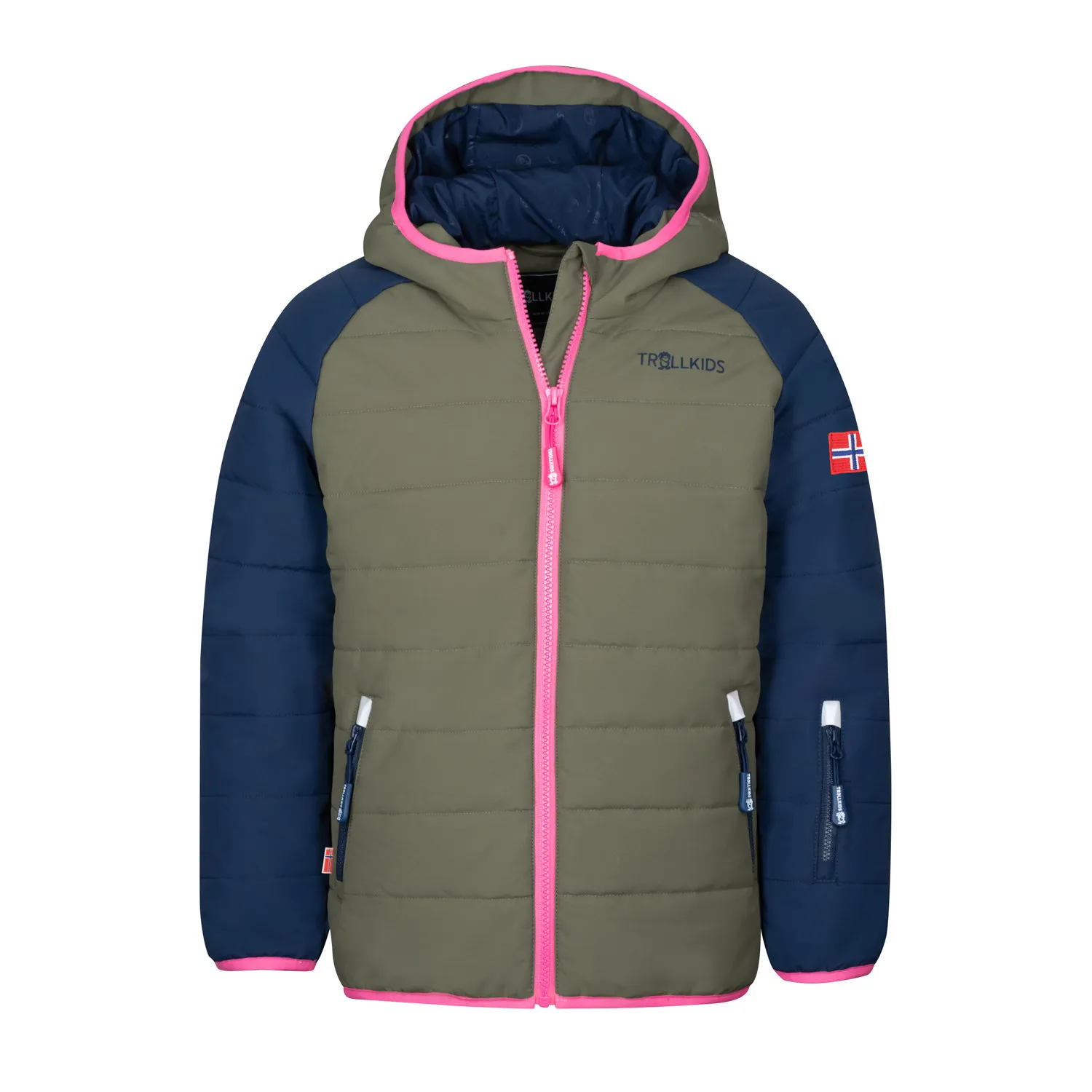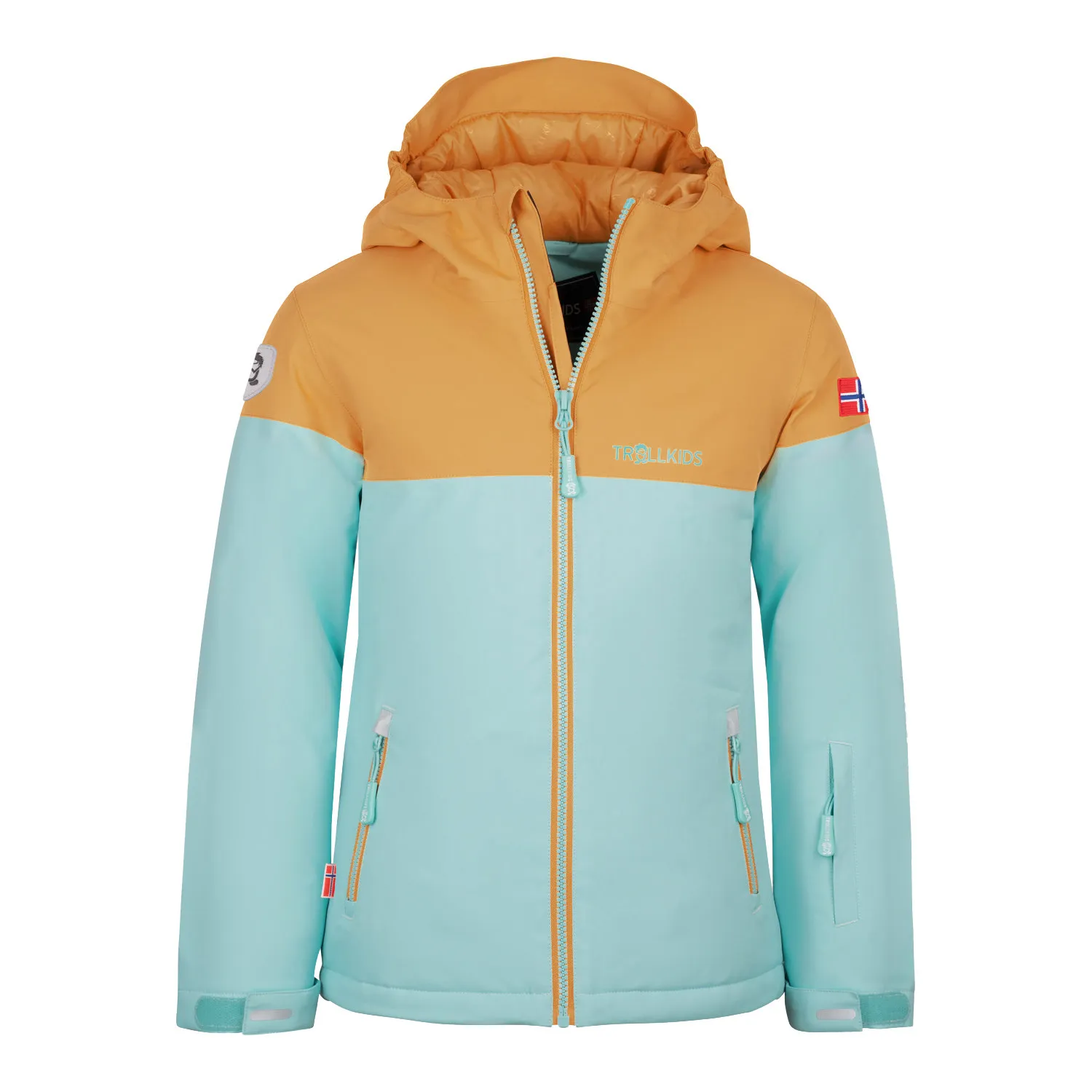Ski jackets
Skiing and snowboarding are sports that place very special demands on clothing. The weather conditions in the mountains, from sub-zero temperatures to strong winds and snow, are a challenge for any jacket. It not only has to keep you warm, but also protect you from the wet and be breathable to wick away sweat and moisture
Ski jackets are made from a wide range of materials to meet the demands on the piste. Here are some of the most common materials and their respective properties:
1.Hardshell materials: These are usually made from waterproof and breathable Gore-Tex or similar membranes. Hardshell materials offer excellent protection against wind and water and are ideal for extremely cold and wet conditions. However, they are less stretchy and flexible, which can restrict freedom of movement.
2.Softshell materials: These are more flexible and offer better freedom of movement. They are water-repellent and offer good protection from the wind. Softshell jackets are ideal for milder conditions where breathability and comfort are paramount.
3.Down and synthetic insulation: The insulation in ski jackets can consist of down or synthetic materials such as Primaloft. Down offers excellent thermal performance and is lightweight, but can lose its insulating properties when wet. Synthetic insulation retains its warmth even when wet and dries faster, but is somewhat heavier.
4.Fleece lining: A fleece lining provides additional insulation and warmth. It wicks away moisture efficiently and keeps you warm and dry.
5.Reinforced areas: Ski jackets can be equipped with reinforced material in high-wear areas such as the shoulders and elbows to reduce abrasion and wear.
Choosing the right material depends on your individual needs and the weather conditions. If you are travelling in very cold and wet weather, hardshell materials with down or synthetic insulation may be the best choice. For milder conditions and more freedom of movement, softshell jackets are ideal. No matter which material you choose, our ski jackets offer the perfect combination of protection and comfort on the piste
Moisture regulation for comfort
When skiing and snowboarding, you work up a sweat and moisture can quickly cool you down. Ski jackets are designed to effectively wick away excess moisture to keep you dry and comfortable. This happens in the following ways:
Breathability: Ski jackets are often equipped with breathable membranes such as Gore-Tex, which transport moisture from the inside to the outside without allowing water to penetrate from the outside. This enables efficient sweat wicking and keeps you dry.
Ventilation systems: Many ski jackets have ventilation slits that can be opened to allow additional air circulation and dissipate excess heat. This is particularly useful when temperatures rise or you are moving around a lot.
Layering: The so-called layering principle is a tried and tested approach in ski clothing. It involves wearing several layers of clothing, including functional underwear, fleece and finally the ski jacket. These layers work together to wick away moisture and retain heat without overheating you.
Overall, ski jackets offer a balanced combination of thermal insulation and moisture management. Whether you're out on the piste or in deep snow off the beaten track, the right ski jacket will keep you warm, dry and comfortable.
The fit and freedom of movement of your ski jacket
The right fit of a ski jacket is crucial to ensure optimum comfort and freedom of movement both on and off the piste. Here are some important considerations regarding the fit of your ski jacket and the necessary freedom of movement:
1.Freedom of movement: When skiing and snowboarding, unrestricted freedom of movement is of the utmost importance. Your ski jacket should give you enough room to move freely without feeling restricted. Make sure that the jacket offers enough room at the shoulders and elbows so that you can move your arms effortlessly. Pre-shaped sleeves and elasticated inserts contribute to freedom of movement.
2.Length: The length of your ski jacket also plays a role. Ideally, the jacket should reach to the hips to protect the lower back and kidneys. At the same time, it should not be too long so as not to restrict the freedom of movement of your legs.
3.Adaptability: Many ski jackets have adaptable elements such as adjustable cuffs, an elasticated waistband and an adjustable hood. These features allow you to customise the jacket to your individual needs and ensure that it fits perfectly.
4.Layering principle: The layering principle is a proven method of ensuring both warmth and freedom of movement. You can wear functional underwear, fleece or other insulating layers under your ski jacket. These layers will keep you warm without restricting the freedom of movement of your jacket.
5.Try on: The best way to find the right fit is to try it on. Try on the jacket with the layers you would normally wear and test it in different movements as if you were on the piste. Make sure you feel comfortable in every way and that nothing is restrictive.
6.Gender-specific fit: Many ski jackets are designed specifically for men, women or children. Look for a jacket that fits your body shape to achieve the best possible fit.
The right fit of your ski jacket not only ensures comfort, but also safety on the piste. You can move freely and perform your movements without restriction, which is crucial to avoid falls and optimise your performance. Pay attention to the aspects mentioned above to find the perfect ski jacket that meets both your movement requirements and your personal style.
The right care for your ski jacket
To keep your ski jacket in top condition for a long time and maintain its performance on the piste, proper care is essential. Here are some tips on how to look after your ski jacket:
Regular cleaning: Ski jackets are dirt-repellent and can normally be wiped clean with a damp cloth. However, if they are very dirty, you can machine wash them. Use a gentle wash cycle at a maximum of 30 degrees and a special detergent for functional clothing.
Close zips and Velcro fasteners: Before you put your ski jacket in the machine, close all zips and Velcro fasteners. This prevents damage to other items of clothing and the jacket itself.
Drying: Some ski jackets are only suitable for air drying. If your jacket can be tumble dried, select a low temperature. The heat can restore the waterproofing effect of functional clothing.
Renewing the waterproofing: After a while, the waterproofing of your ski jacket can wear off. You can freshen it up with a special waterproofing spray. This will ensure that your jacket remains waterproof.
Storage: Keep your ski jacket in a cool, dry place to avoid mould and moisture. Avoid storing it in the sun or near heat sources, as this can damage the materials.
Repairs: If your jacket is damaged, repair it quickly to prevent further damage. Broken seams or zips should be repaired professionally.
By taking good care of your ski jacket, you can ensure that it will last you for many seasons and keep you warm and dry on the piste. Follow the manufacturer's care instructions and keep your jacket in the best possible condition so that you are always perfectly equipped for your adventures in the mountains.

















































